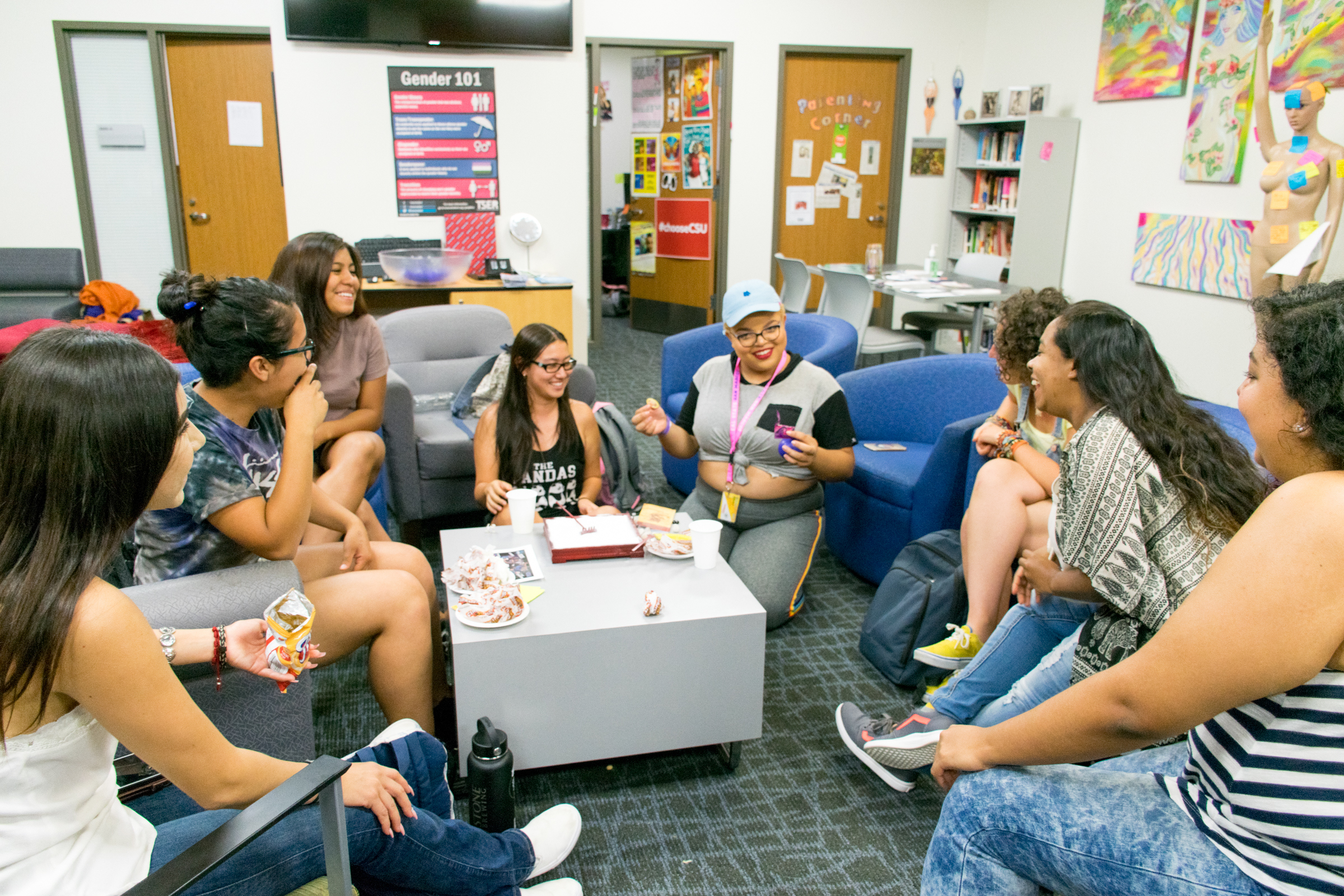 myCSUSM
myCSUSMStudent Engagement
What is Student Engagement?

To truly become student-ready, educators must make difficult decisions, face the pressures of accountability, and address their preconceived notions about student success head on. Student engagement has many meanings. Student engagement is generally accepted as being connected to academic success, retention, learning, and the student experience. It's a guiding force at most higher education institutions. Educational and purposeful opportunities for engagement are critical to student success. In education, student engagement refers to the degree of attention, curiosity, interest, optimism, and passion that students show when they are learning or being taught; which extends to the level of motivation they must learn and progress in their education.
Student engagement is the energy and effort that students employ within their learning community, observable via any number of behavioral, cognitive or affective indicators across a continuum. It is shaped by a range of structural and internal influences, including the complex interplay of relationships, learning activities, and the learning environment. The more students are engaged and empowered within their learning community, the more likely they are to channel that energy back into their learning—leading to a range of short- and long-term outcomes that will likely further their engagement.
Characteristics of an Engaged Student
- Self-determined
- Self-sufficient
- Autonomous
- Collaborative
- Interactive with peers
- Skilled at problem-solving
- Immersed in learning tasks
- Curious and interested
- Committed to enjoyment of the process
- Positive towards learning
- Satisfied
- Willing to respond to challenges
Dimensions and Indicators of Student Engagement
There are three widely accepted dimensions of student engagement:
- Affective
- Cognitive
- Behavioral
Within each component there are several indicators of engagement as well as disengagement; which is now seen as a separate and distinct construct to engagement. It should be stated, however, that whilst these have been drawn from a range of literature, this is not a finite list, and it is recognized that students might experience these indicators on a continuum at varying times depending on their valence (positive or negative) and activation (high or low).
National Survey of Student Engagement (NSSE)
The NSSE organization defines student engagement as “the amount of time and effort students put into their studies and other educationally purposeful activities” and “how [an] institution deploys its resources and organizes [its] curriculum and other learning opportunities to get students to participate in activities that decades of research studies show are linked to student learning.”
Sense of Belonging Study
Student Sense of Belonging at Georgetown: First Generation Undergraduate Student Experiences
Key Takeaways
- Early experiences have long-term impact on students’ sense of belonging. 83% of student respondents recounted experiences that occurred in their first two years at Georgetown.
- The majority of narratives convey a sense of displacement. 52% were identified as contributing to feelings of displacement, while 27% were accounts of belongingness.
- Transitional accounts illustrate the fluidity of belonging. 21% of narratives were identified as transitional accounts where respondents shifted from feelings of belonging to displacement or vice versa.
- Faculty and classrooms pose challenges to a sense of belonging. 60% of the incidents focusing on classroom experiences contributed to a feeling of displacement.
- Social settings and peer groups are common situations that pose challenges to students’ sense of belonging. 59% of all stories shared revolved around peer groups. Students report overwhelming alienation from Georgetown peers who don’t identify as first-gen/low-income.
- Perceived ‘fit’ with the campus climate strongly influence students’ sense of belonging. 53% of student respondents indicated that at the time of their story, campus culture felt “individualistic” with little help to navigate unfamiliar traditions and spaces.
- Institutionalized support networks, like Georgetown Scholars Program, contribute positively to students’ sense of belonging. 62% of narratives set in institutionalized support networks conveyed situations in which respondents felt a positive sense of belonging, while 14% conveyed feelings of displacement. Members of GSP are more likely to report support from Georgetown students who also identify as first-gen/low-income than students who aren’t members of GSP.
Co-Curricular Learning
The Division of Student Affairs is committed to a transformative education experience for our students. An institutional priority of Student Affairs is to strategically align all co-curricular programs and services in the Division with the five domains of the Co-Curricular Model (CCM). The co-curricular model provides a framework for planning and assessing programs and services to support an integrated learning environment in which students are empowered to apply the knowledge and skills learned in the classroom through a myriad of intentional learning opportunities; creating graduates who are valued and successful in the global workforce.
- Civic Engagement & Social Responsibility
- Leadership & Interpersonal Development
- Career & Professional Development
- Critical Thinking & Ethical Reasoning
- Holistic Wellness & Self-Efficacy
Connect to Campus Resources
We collaborate with diverse partners in higher education, whose work on equity research and new models of education aligns with our efforts. Our efforts focus on using data and research to inform the nexus of equity and innovation in higher education. With our partners we seek to build communities of practice through hosting convenings, networking, and collaborative scholarship. Campus life at CSU San Marcos is focused on assisting all student to develop their own sense of belonging.






